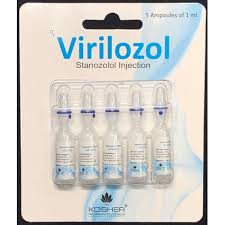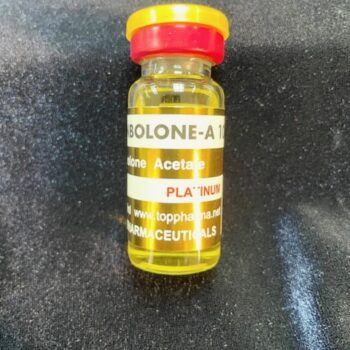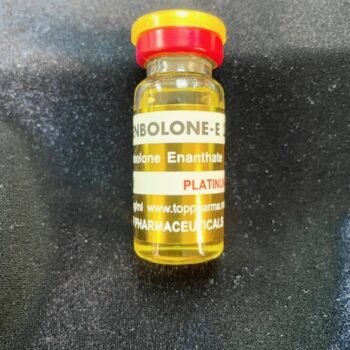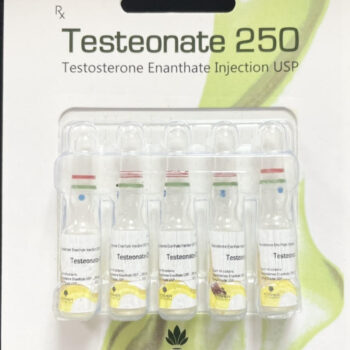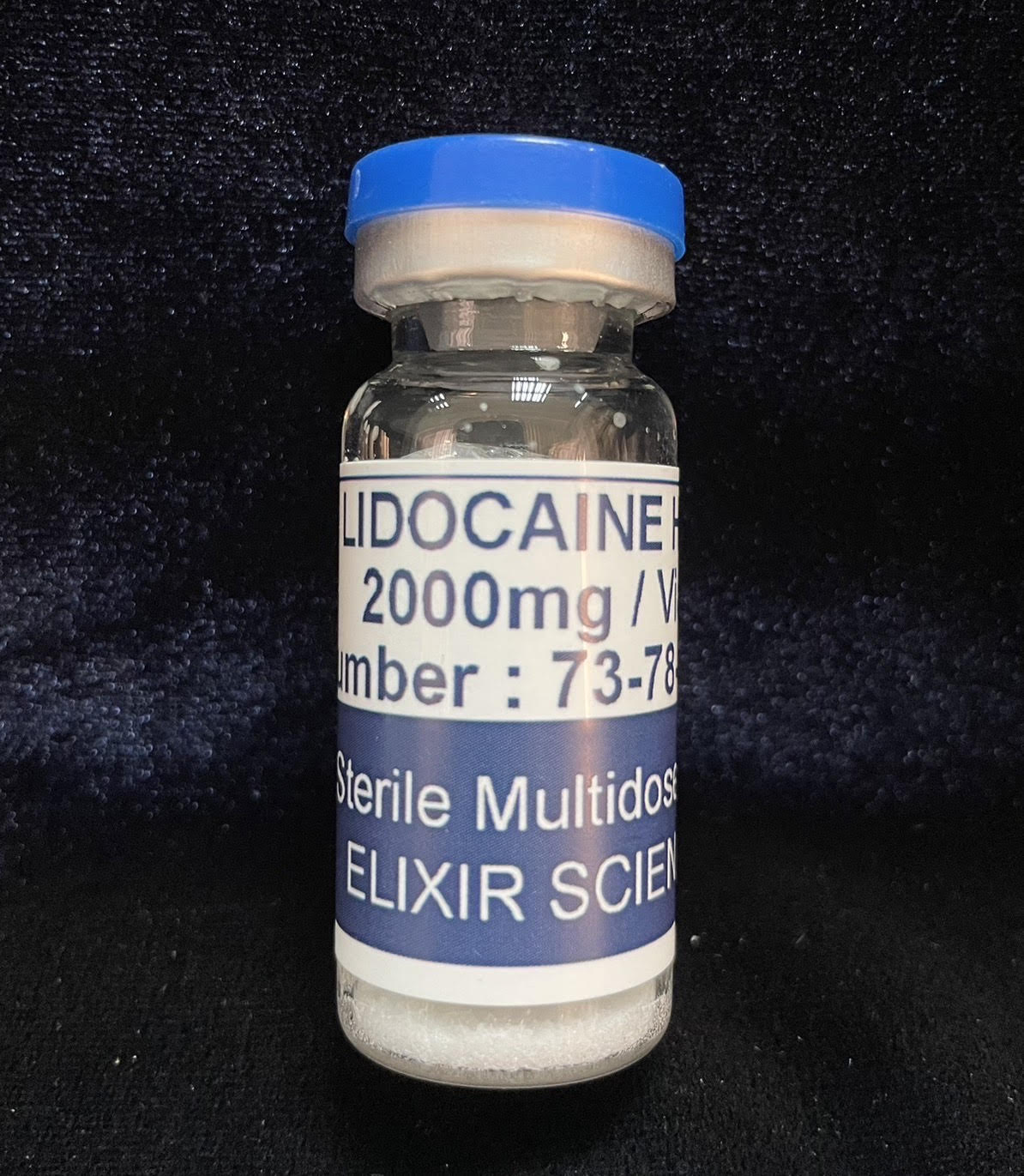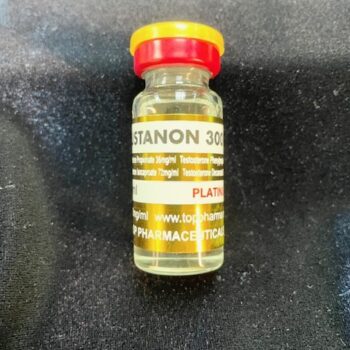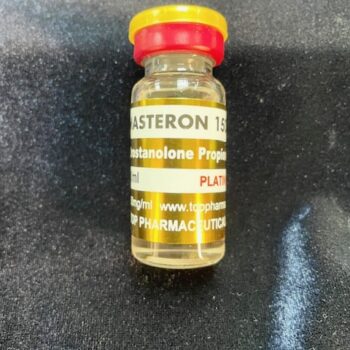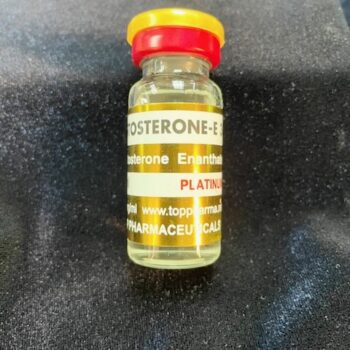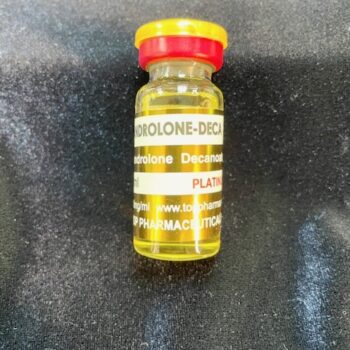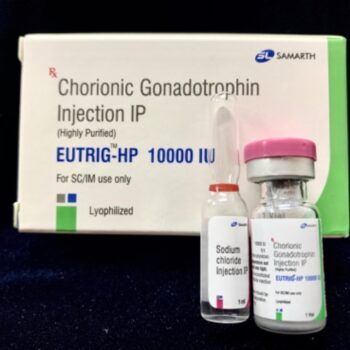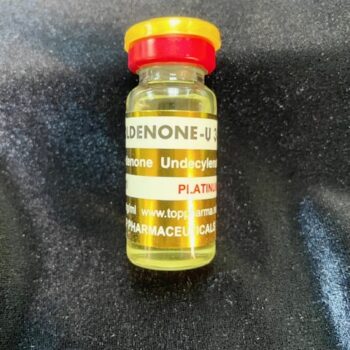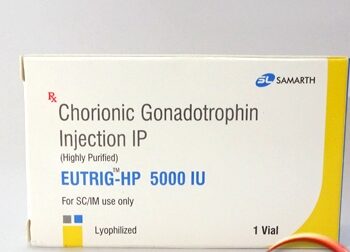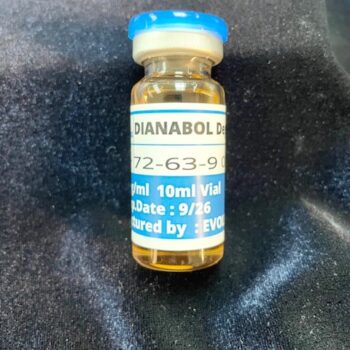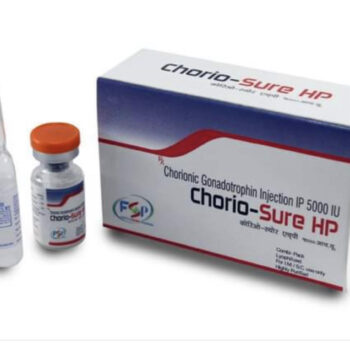** Customers to Japan **
If the shipment is found at customs as an injection, you will be required to show proof of drug supervision from 2020.
If you cannot prepare the proof of drug supervision, please follow the procedure to return it to the sender.
We will notify you when the item arrives at our company, so we will re-ship it after paying the shipping fee again.
LIDOCAINE(Xylocaine) 2000mgx 1vial + 10ml Injection solvent ample
What is Lidocaine Injection (Local) and What is it Used for?
Lidocaine injection is a local anesthetic. This means that it reduces sensation and pain at the injection site and does not affect other areas.
It is similar to bupivacaine (Marcaine), articaine (Zolcaine), and mepivacaine (Carbocaine). These drugs reduce sensation and pain by blocking the nerve impulses that send pain sensations to the brain. Lidocaine starts to work within 90 seconds and its effects last for about 20 minutes.
What are the side effects of Lidocaine Injection?
Common side effects of Lidocaine include:
Pain at the injection site,
Lightheadedness,
Euphoria,
Tremor,
Low blood pressure,
Drowsiness,
Confusion,
Weakness,
Blurred or double vision,
Dizziness.
Other important side effects that can be serious include:
Seizures,
irregular heartbeat,
slow heart rate,
heart block,
severe allergic reactions,
respiratory arrest,
coma.
People who are allergic to anesthetics similar to lidocaine should not use lidocaine.
What is the dosage of lidocaine injection?
Dosage varies widely depending on the application. The total recommended dosage ranges from 20 mg to 300 mg.
For example, to achieve a local anesthetic effect, mix 0.4-0.5 ml (80 mg-100 mg) of lidocaine injection into a 10 ml vial.
What drugs interact with lidocaine injection?
Severe and prolonged hypertension may occur when lidocaine solutions containing epinephrine or norepinephrine (added to prolong the action of lidocaine) are administered to patients taking monoamine oxidase inhibitors or tricyclic antidepressants. Such combinations should be avoided. A similar reaction may occur with medications that increase blood pressure (vasopressors).

